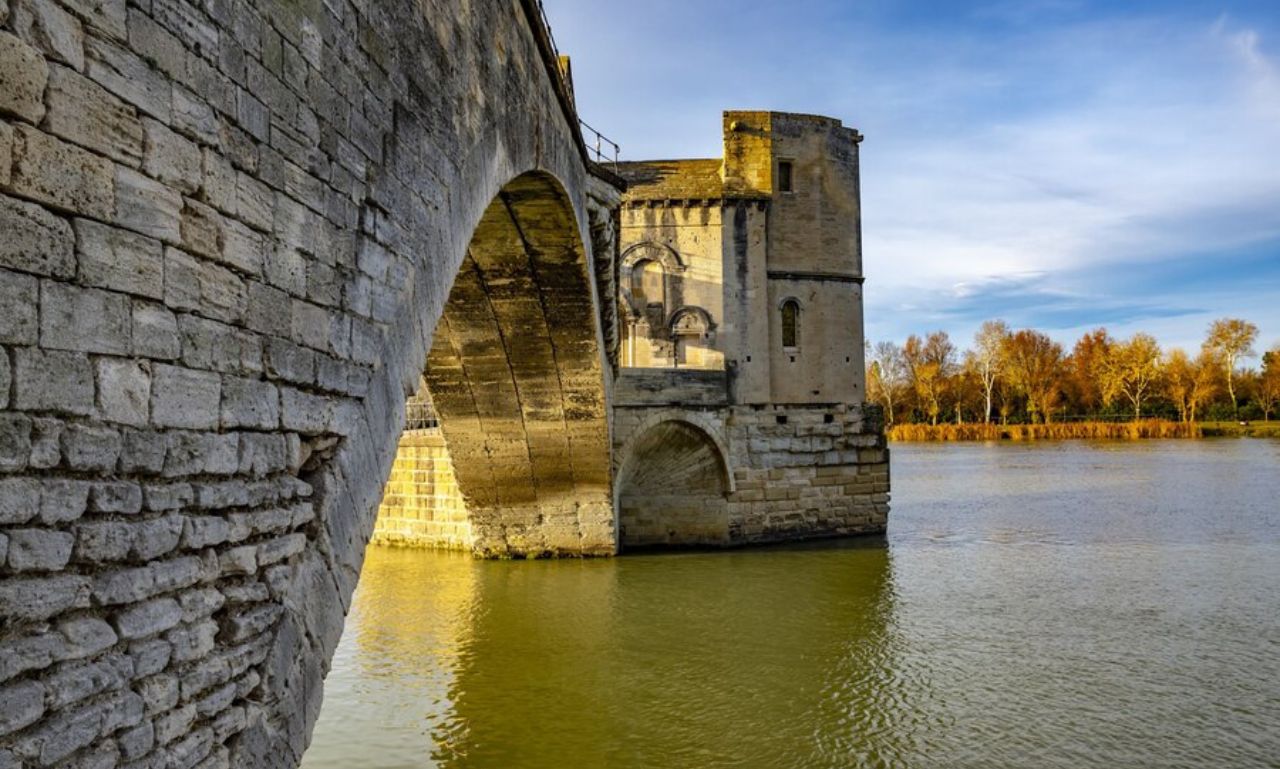The histoire de l’arsenal de Rochefort PDF provides a rich insight into the historical and architectural significance of one of France’s most important naval sites. This detailed document captures the evolution of the Rochefort Arsenal, from its founding during the reign of Louis XIV to its role in shaping maritime history. In this article, we’ll explore the key highlights of this historic site, why it holds immense importance, and how the PDF resource contributes to preserving its legacy.
What is the Arsenal of Rochefort?
The Arsenal of Rochefort, located in the Charente-Maritime region of France, was established in 1666 by King Louis XIV. It served as a major naval dockyard and shipbuilding center for over three centuries, contributing to France’s naval supremacy.
Key Features of the Arsenal
- The Corderie Royale: A long rope-making factory, now a symbol of Rochefort’s maritime heritage.
- Historic Docks: Designed for constructing and maintaining ships.
- Naval Hospital: One of the earliest examples of modern naval healthcare.
Significance of the Histoire de l’Arsenal de Rochefort PDF
The histoire de l’arsenal de Rochefort PDF is a comprehensive resource that dives deep into the history and legacy of the site. It is ideal for historians, architects, and enthusiasts of naval history.
Why the PDF is Valuable
- Detailed Historical Accounts: Chronicles the Arsenal’s founding, development, and key events.
- Architectural Insights: Provides blueprints and details about its unique structures.
- Cultural Context: Explains the Arsenal’s impact on the local economy and society.
A Brief History of the Rochefort Arsenal
1. Founding Years (1666)
The Arsenal was established to strengthen France’s naval capabilities, with Rochefort chosen for its strategic location near the Atlantic.
2. Peak of Activity (17th–18th Century)
During this period, the Arsenal constructed and maintained some of the largest and most advanced ships of the French Navy.
3. Decline and Transformation (19th–20th Century)
With changes in naval technology, the Arsenal’s relevance waned, leading to its closure in 1927. However, it has since been repurposed into a cultural and historical landmark.
Highlights from the Histoire de l’Arsenal de Rochefort PDF
1. Architectural Marvels
- Corderie Royale: This 374-meter-long structure is an engineering masterpiece of its time.
- Dry Docks: Advanced for the era, these docks could accommodate large naval vessels.
2. Naval Innovations
- Introduction of new shipbuilding techniques.
- Advances in maritime navigation and naval logistics.
3. Social and Economic Contributions
- Employed thousands of workers.
- Played a critical role in France’s colonial expansions.
Why Explore the Histoire de l’Arsenal de Rochefort PDF?
1. For Researchers and Students
- Comprehensive historical narratives.
- Rare photographs and sketches of the Arsenal’s original structures.
2. For Travelers and History Enthusiasts
- A guide to understanding Rochefort’s maritime significance.
- Insights into key landmarks to visit, like the Hermione ship replica and the Corderie Royale.
3. For Architects and Urban Planners
- Examples of 17th-century French urban planning.
- Details of innovative building techniques used in the Arsenal.
Interesting Facts About the Arsenal of Rochefort
- It was nicknamed “the king’s Arsenal” due to its direct association with Louis XIV.
- The Hermione, a replica of the frigate that carried Lafayette to America, was reconstructed here.
- The Arsenal’s design served as a blueprint for other naval dockyards worldwide.
FAQs
What is included in the histoire de l’arsenal de Rochefort PDF?
The PDF includes detailed historical accounts, architectural blueprints, and rare images of the Arsenal’s structures and operations.
Is the Rochefort Arsenal still active?
No, the Arsenal ceased operations in 1927, but it has been transformed into a historical site and cultural landmark.
Why is the Corderie Royale significant?
The Corderie Royale was the longest building in Europe at the time of its construction and played a pivotal role in making ropes for the French Navy.
Can I visit the Rochefort Arsenal today?
Yes, the site is open to visitors and includes museums, guided tours, and interactive exhibits.
What makes the Rochefort Arsenal unique in French naval history?
Its strategic design, contribution to naval innovations, and historical relevance during France’s golden age of naval power set it apart.
Where can I access the histoire de l’arsenal de Rochefort PDF?
The PDF is often available through heritage sites, libraries, or online repositories dedicated to French history.
Conclusion
The histoire de l’arsenal de Rochefort PDF serves as a gateway to understanding the profound legacy of one of France’s most remarkable naval establishments. From its architectural brilliance to its role in shaping maritime history, the Arsenal of Rochefort stands as a testament to human ingenuity and ambition.
Whether you’re a historian, traveler, or curious reader, exploring the PDF and visiting Rochefort offers a journey through time, revealing the stories of sailors, craftsmen, and visionaries who shaped France’s naval legacy. Dive into the rich tapestry of history and let the Arsenal of Rochefort inspire your appreciation for the past.











